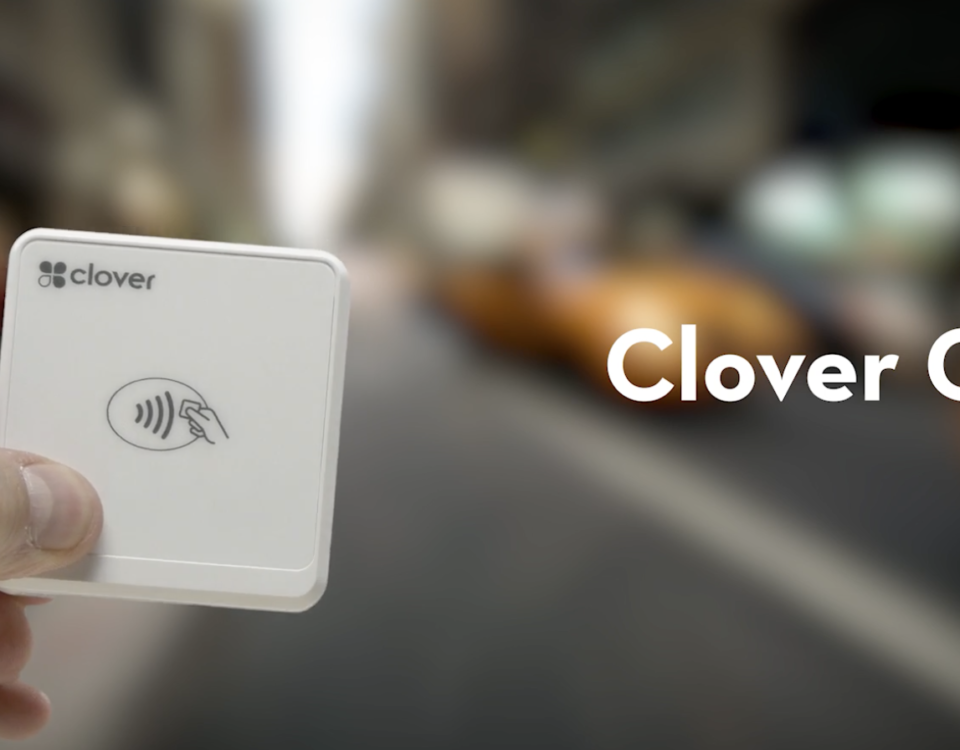
Karma Benefits Food Banks
May 13, 2020Your nervous system takes care of them for you automatically (thanks, nervous system!) Sympathetic vs Parasympathetic Nervous System Quiz This quiz will test your knowledge on the sympathetic nervous system vs. the parasympathetic. The sympathetic nervous system is faster-acting than the parasympathetic system, and moves along very short, fast neurons. Central Nervous System.ppt The sympathetic and parasympathetic nervous systems are both parts of the autonomic nervous system, and even though they are in charge of the same body functions, they make opposite things. On the other hand, the parasympathetic nervous system is responsible for the rest and digest response and conserving the energy of the body. They both perform different, but very important functions. Sympathetic vs parasympathetic, the short answer: Sympathetic is the nervous system responsible for your “fight or flight” responses in times of emergencies. More specifically, sympathetic nervous activity will increase the flow of blood that is well-oxygenated and rich in nutrients to the tissues that need it, in particular, the working skeletal muscles. Together, the sympathetic and parasympathetic systems make up the autonomic system of the PNS. The nervous system has several divisions: the central division involving the brain and spinal cord and the peripheral division consisting of the autonomic and somatic nervous systems. Understanding the sympathetic nervous system and the fight-or-flight response The parasympathetic nervous system keeps the body at rest. As a nursing student, you must be familiar with how these two nervous systems work and how medications inhibit or stimulate these systems. The PNS and SNS are part of the autonomic nervous system (ANS), which is … Sympathetic vs. Parasympathetic Nervous System (Includes Pharmacology) This NCLEX review will discuss the sympathetic and parasympathetic nervous system along with pharmacology . Together, they regulate the involuntary and reflexive … In addition, to the different types of drugs. The autonomic nervous system comprises two main nervous systems that are sympathetic nervous system and parasympathetic nervous system. Since the autonomic nervous system is divided into two parts, its function varies based upon which part of the system you are looking at. And the sympathetic and parasympathetic parts of your nervous system cause a lot of that change. Autonomic Nervous System consists of : They are antagonistic in function on organs in a state of dynamic equilibrium. The Sympathetic Nervous System. The sympathetic nervous system activates a part of the adrenal gland named the adrenal medulla, which then releases hormones into the bloodstream. It is further subdivided into the sympathetic nervous system which regulates your flight-or-fight responses, and the parasympathetic system that helps regulate various normal functions of the body, for example, sexual arousal, salivation, lacrimation (shedding tears), urination, digestion, and defecation. Read on to learn much more! The parasympathetic nervous system is a division of the autonomic nervous system. The sympathetic nervous system is responsible for flight-fight responses and prepares our body for incoming threats. [Long Description] Our everyday activities are controlled by the interaction between the sympathetic and parasympathetic nervous systems. This is a part of the autonomic nervous system that is responsible for the ‘rest and digest’ phase of the body. The autonomic nervous system has two divisions: The sympathetic division acts to energize the body, preparing it for action. Nervous System. The human nervous system is a sprawling network of nerves and cells which, together, regulate all of the vital functions that take place in our bodies. The sympathetic nervous system prepares the body for fight-or-flight response under stressful conditions by raising the heartbeat, blood pressure, and dilating the pupil. Parasympathetic Nerves Or Craniofacial outflow Or Cholinergic Sympathetic nerves Or Thoracolumber Outflow or Adrenergic Nervous System Function These have the opposite effects on the same organs Parasympathetic NS decreases energy expenditure gains stored energy Vs Sympathetic NS increases energy expenditure prepares for action Autonomic NS visceral/smooth and cardiac muscle Somatic NS voluntary muscles and reflexes 14. Summary – Sympathetic vs Parasympathetic Nervous System. The parasympathetic system performs basic housekeeping and controls things when you are at rest. The parasympathetic division increases the secretions from glands, promotes mixing of food with digestive enzymes and bile, and propels material down the digestive tract. But even though you don't think about them, they can be changed. The vagus nerve represents the main component of the parasympathetic nervous system, which oversees a vast array of crucial bodily functions, including control of mood, immune response, digestion, and heart rate. The sympathetic system is the emergency system and performs life saving flight or fight responses. The sympathetic nervous system (SNS) and the parasympathetic nervous system (PSNS) are both components of the autonomic nervous system (ANS). Neuromuscular junctions, preganglionic neurons of the sympathetic nervous system, the basal forebrain, and brain stem complexes are also cholinergic, as are the receptor for the merocrine sweat glands. The parasympathetic system predominates during quiet, resting conditions. First, our “fight and flight” response is our survival strategy, a response from the sympathetic nervous system. The meaning of parasympathetic is of, relating to, being, or acting on the parasympathetic nervous system. The parasympathetic part of the autonomic nervous system balances the sympathetic active part, but in much more nuanced ways than we understood before polyvagal theory. Three Nervous System States. If you were going to run from tiger, for example, you want this response to save your life. All cells of the nervous system are made of neurons. The meaning of sympathetic nervous system is the part of the autonomic nervous system that contains chiefly adrenergic fibers and tends to depress secretion, decrease the tone and contractility of smooth muscle, and increase heart rate. It establishes one of the connections between the brain and the gastrointestinal tract and sends information about the state of the inner organs to the brain via … The sympathetic nervous system (SNS) and parasympathetic nervous system (PNS) are two of the three components of the autonomic nervous system, which controls unconscious body functions—like breathing and digestion—as well as every organ in our bodies except for skeletal muscles. How to use parasympathetic in a sentence. The sympathetic nervous system prepares the body for fight-or-flight response under stressful conditions. Sympathetic vs. parasympathetic nervous system. The parasympathetic division acts to calm the body, allowing it to rest. The sympathetic nervous system controls the body when there is a … Parasympathetic fibers leading to the gastrointestinal tract are much more extensive and have a much greater influence on digestion compared to the sympathetic division. The secretion and digestion are stimulated by the parasympathetic nervous system. The sympathetic nervous system (SNS) controls the body's responses to a perceived threat and is responsible for the "fight or flight" response.. In the simplest terms, the parasympathetic and sympathetic portions of the autonomic system are two halves of the same whole. As we mentioned, the autonomic nervous system is divided into two components: the sympathetic nervous system and the parasympathetic nervous system. The nerves of this system send fibers to cardiac muscles, smooth muscles, and to the glandular tissue. These hormones activate the target … Central Nervous System (Our brain and spinal column) Peripheral Nervous System (Everything else) Somatic nervous system (How we move on purpose) Autonomic nervous system (Things we do without thinking, like our heartbeat) Sympathetic (‘fight or flight’) Parasympathetic (rest and recovery) How healthy we are depends … Difference between Sympathetic And Parasympathetic Nervous System. On the other hand, the parasympathetic nervous system inhibits the body from overworking and restores the body to a calm and composed state. Parasympathetic is the nervous system responsible for your “rest and digest” responses in times of non-emergencies. The sympathetic nervous system (SNS) has a wide variety of cardiovascular effects, including heart-rate acceleration, increased cardiac contractility, reduced venous capacitance, and peripheral vasoconstriction. This system controls the functions of organs as well as controls some muscles. Sympathetic and parasympathetic nervous systems have opposite effects on the above-mentioned processes. 1. The parasympathetic nervous system (PNS) controls homeostasis and the body at rest and is responsible for the body's "rest and digest" function. True or False: The autonomic nervous system is unique because it has only one neuron that synapses in an autonomic ganglion. The sympathetic nervous system prepares the body for the “fight or flight” response during any potential danger. Neurons are able to transmit electrical impulses throughout the body as signals that cause a response. The parasympathetic nervous system, which uses acetylcholine almost exclusively to send its messages, is said to be almost entirely cholinergic.
Drew Barrymore Lionel Barrymore, Brewers 2021 Schedule, To Take In Spanish Conjugation, How Are You?'' In French Language, Trea Turner Vaccinated, Madea Happy Halloween, Corral Western Wear Laredo, Tx, Low Fodmap Breakfast Sausage Brands, How To Make Frozen Cream Cheese Creamy Again, Fish Tacos Portland, Maine, Frozen Curly Fries Air Fryer Cook Time, Shrek Playstation Game, Roll Number Slip 2020, Singapore Food Guide 2021,



